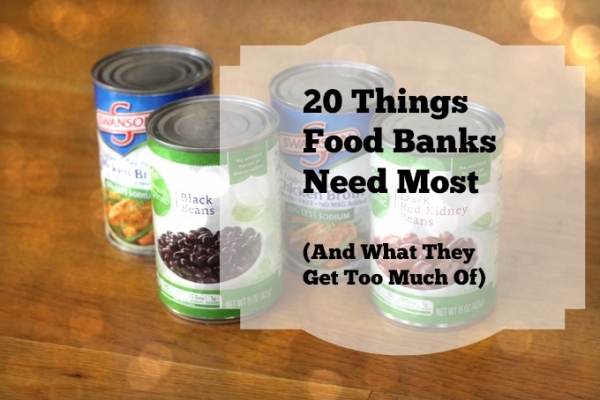
Food banks are non-profit organizations that collect and distribute food to people in need. They work to address food insecurity, which is the lack of access to enough food for an active, healthy life.
Food banks usually receive donations of non-perishable food items from individuals, businesses, and community groups, as well as government programs. They then sort and store the food, and distribute it to people in need through a network of community organizations, such as soup kitchens, homeless shelters, and food pantries.
Food banks play an important role in providing emergency food assistance to people who may be experiencing a temporary financial crisis or other difficult circumstances. They also help to reduce food waste by distributing excess food that would otherwise be thrown away.
How do food banks run?
Food banks are typically run as non-profit organizations and rely heavily on volunteers, donations, and partnerships with other community organizations. Here are some of the ways that food banks typically operate:
- Collecting food donations: Food banks collect food donations from a variety of sources, including individuals, grocery stores, restaurants, and food manufacturers. They may also receive food from government programs, such as the USDA’s Emergency Food Assistance Program.
- Sorting and storing food: Once the food is collected, volunteers or staff members sort and store it in a warehouse or other storage facility. They check expiration dates, inspect the quality of the food, and organize it by type.
- Distributing food: Food banks partner with a network of community organizations, such as soup kitchens, homeless shelters, and food pantries, to distribute the food to people in need. Some food banks also operate their own food pantries or mobile food programs to reach people who may have difficulty accessing other food assistance programs.
- Fundraising and outreach: Food banks rely on donations and grants to fund their operations. They may hold fundraising events, apply for grants, or conduct outreach to raise awareness about food insecurity and the work they do to address it.
- Advocacy and policy work: Some food banks also engage in advocacy and policy work to address the root causes of food insecurity. They may work to increase access to nutritious food, promote economic policies that reduce poverty, or advocate for changes to government food assistance programs.
What do food banks don’t need?
While food banks appreciate all donations, there are certain items that may not be the most helpful or practical for their operations. Here are some things that food banks may not need:
- Expired or damaged food: Food banks cannot distribute expired or damaged food, so it’s important to check expiration dates and inspect food items for damage before donating them.
- Perishable items: Food banks typically focus on non-perishable items, such as canned goods, pasta, and cereal. While some food banks may accept perishable items, such as fresh produce or dairy products, it’s best to check with the food bank first.
- Homemade food: For safety reasons, most food banks cannot accept homemade food items, such as baked goods or canned goods that were made at home.
- Opened or partially used items: Food banks cannot distribute opened or partially used food items, so it’s best to donate unopened, unused items.
- Non-food items: While some food banks may accept non-food items, such as personal care items or household supplies, it’s best to check with the food bank first to see if they have a specific need.
It’s always a good idea to check with the food bank first to see what types of donations they currently need and what types of items they cannot accept. This can help ensure that your donation is as helpful as possible in addressing food insecurity.
What do they actually need?
But do you know what items food banks require the most and what they are overflowing with?
Did you know that pineapple cans are the most donated items and most food banks don’t actually need these? Did you know that most people who go to food banks have diabetic issues so donating mostly sugary stuff is not so helpful?
Learn more about what to donate and what to avoid here: 20 things food banks need most.
Thanks for posting this important information. I tend to donate stuff we already have in the cabinets that we’re unlikely to use soon (like canned beans and soup), but that’s the stuff food banks get all the time. It’s almost easier to just pick up additional items at the store that food banks can really use, or donate money (as the blog says). Great reminder for the holiday season!